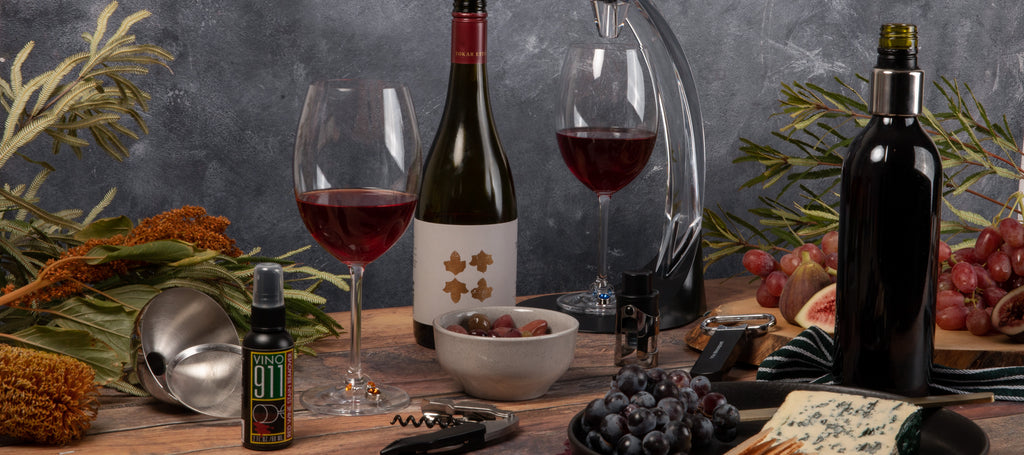
How to Make Wine at Home
It’s fair to say that people have been making wine for at least 5000 years.
And it’s fair to say that knowing how it actually comes out as wine is also filled with questions.
What early winemakers discovered was that if you took some grapes and mashed them up, the taste of the juice from the grapes changes.
People then enjoyed drinking that liquid and still do today.
What we probably should acknowledge is that people don’t make wine, Mother Nature does.
Or, at least, plays a major role in producing the fruit of the vine.
Below we have laid out the steps involved with making your own wine at home.
This by know means a detailed guide, but it should give you more insights on the wine making process!
Step 1
It always starts with the grapes.
The best rule is the best grapes make the best wine.
There are table grapes and these are great for eating.
Other grapes such as Shiraz, Cabernet Sauvignon, Pinot Noir, and Merlot and a few others are the grapes to choose.
You want to crush them as soon as possible.
They are no longer on the vine so having been removed, they need prompt attention.
Step 2
Cleanliness is next to Godliness.
You need not just to clean but to sanitise all your equipment.
Any item which contacts the grapes needs the best treatment.
Use such materials as Sodium Metabisulphite or Phosphoric Sanitizer and follow the instructions on the container.
You can’t use enough water when rinsing.
Step 3
Remove stems and poor quality grapes.
You might think that the odd stem or bad grape will get lost in the mass of good grapes.
They won’t.
Nothing but a good grape gets crushed.
If you’re only making up to 50 litres, then doing most things by hand is acceptable.
Step 4
Use an appropriate container.
Never fill it more than two-thirds.
Fermentation means the grapes will expand and you need space for that to happen.
Step 5
Add various ingredients.
You will need to consult the relevant textbooks or online articles to get the ingredients and amounts just right.
In this step you will add Slupher Dioaxide, Acid, Yeast and Nutrient.
Step 6
Primary fermentation is where the fermentation process begins in earnest.
The skins are still on the grapes and you will need to plunge them - push the grapes into the wine for several days.
The darker wines spend more time in this process, even up to two weeks.
The lighter wines spend less time.
Step 7
Pressing the grapes so as to separate the skins.
Step 8
Secondary fermentation is where you transfer the wine, now separated from the skins, into another container. Do so gently and with as little exposure to the air as possible.
Step 9
Racking is where the wine is moved from one container to another to allow the yeast to settle giving the wine a clear and sediment-free position.
Step 10
Clearing , bottling and maturing are next. You help clear the wine using bentonite. Then it’s on to the bottling after which your wine needs to mature.
Conclusion on How to Make Wine From Home
This is obviously a brief description of the process but having these steps clear in your mind should help you prepare when you take the plunge to making your very own drop of wine
